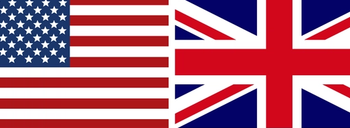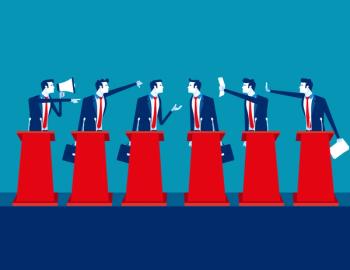
Oncology treatments: Three areas to watch
While targeted cancer therapies make up a big part of the pipeline, there are three areas that oncology experts want you to keep on your radar.
Oncology research and development remains concentrated on targeted therapies, which made up 90% of the late-phase pipeline in 2016.
That’s according to the “
Rosier
Nadina Rosier, PharmD, health and group benefits pharmacy practice leader, Willis Towers Watson, says oncology drugs in the pipeline include:
· acalabrutinib, from AstraZeneca, for mantle cell lymphoma; and
· binimetinib-encorafenib (COMBO450), from Array BioPharma, for BRAF-mutant advanced, unresectable or metastatic melanoma.
· entinostat, from Syndax pharmaceuticals, advanced estrogen receptor positive breast cancer.
Shehata
“There are hundreds of oncology drugs being studied now and it is difficult to pick which ones will be the big winners until you see phase 3 and post-marketing clinical trial results,” says Ashraf Shehata, principal and a member of KPMG’s Global Healthcare Center of Excellence. “Additional studies help build up the profiles of these new drugs to gain broader indications or become ‘front-line’ treatments as the evidence shows the medications to be more effective than the current standard of care.”
Three key areas to watch
1. CAR-T therapies
Chimeric antigen receptor T cell (CAR-T) therapy involves genetically engineering a patient’s T-cells to recognize and attack cancer cells.
“Clinical trial results have been extremely promising for the agents, reaching an 80% to 94% response rate,” says Rosier. “Though the drugs seem to work, they have significant and serious potential side effects, including cerebral edema and death.”
In August 2017, the FDA approved Kymriah (tisagenlecleucel-T), the first CAR-T therapy. Other agents close to launch include Kite Pharma’s axicabtagene ciloleucel and Juno’s JCAR017, both being studied to treat non-Hodgkin lymphoma.
2. Drug prices
Because of the unrelenting high prices of oncology treatments, Rosier says oncologists have had to get creative to cut therapy costs. Russell Szmulewitz, MD, of the University of Chicago, recently directed a study on Zytiga (abiraterone acetate), a prostate cancer drug. He determined that when patients cut the dose of Zytiga by 75% and took it with food, it had the same effect as the dose directed on the drug’s label. With this data in mind, Szmulewitz and other physicians recently started the
“Cancer treatment prices are showing no signs of slipping and are big drivers in pharmaceutical spending growth,” says Shehata. “Cancer drug pricing has a big effect on access to care and will remain a difficult issue for payers, providers and healthcare policy makers.”
3. Cancer Moonshot
The government has also taken a more active role in cancer research and development. In 2016, the Cancer Moonshot Task Force was developed as a group focused on making a decade of progress in preventing, diagnosing, and treating cancer in five years. In December 2016, Congress passed the 21st Century Cures Act, authorizing $1.8 billion in funding for Cancer Moonshot.
Erin Bastick, PharmD, RPh, is staff pharmacist at Southwest General Health Center, Middleburg Heights, Ohio.
Newsletter
Get the latest industry news, event updates, and more from Managed healthcare Executive.





















































